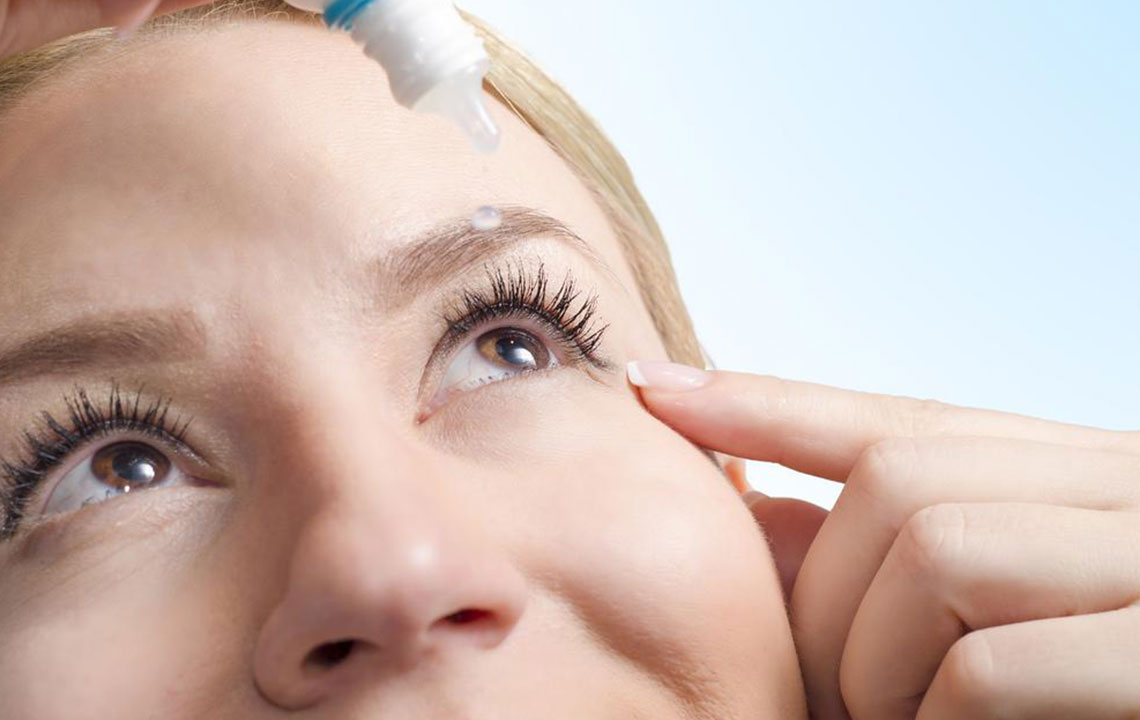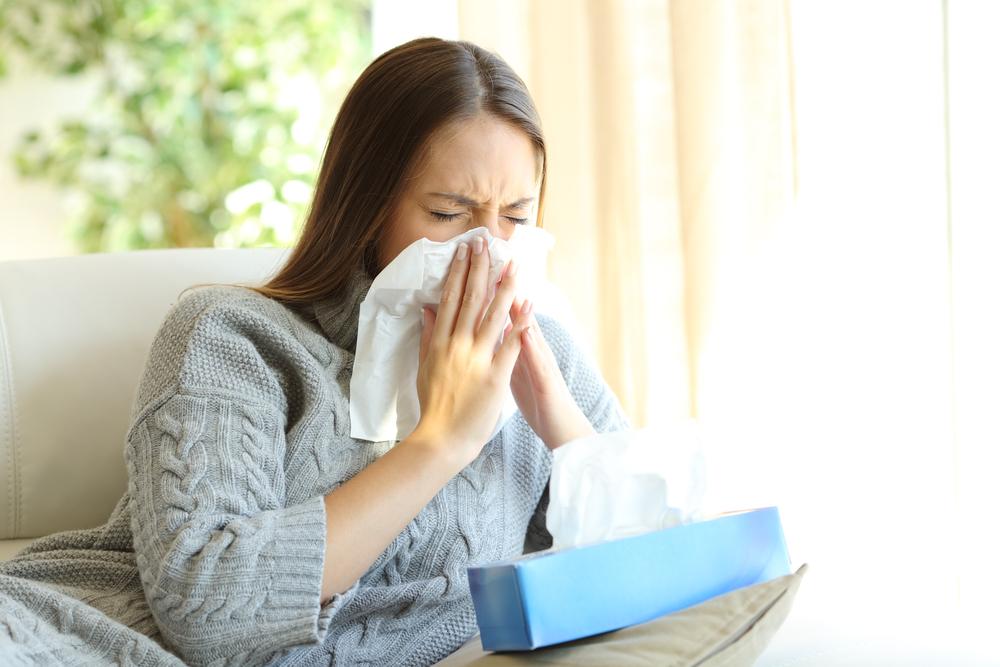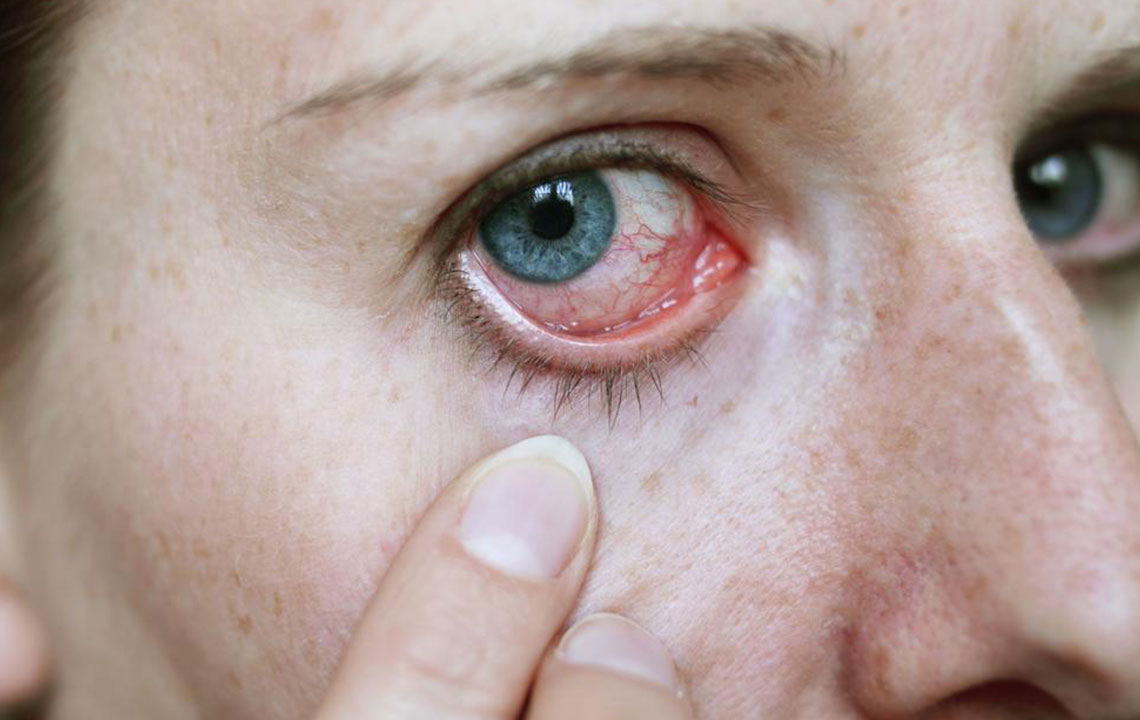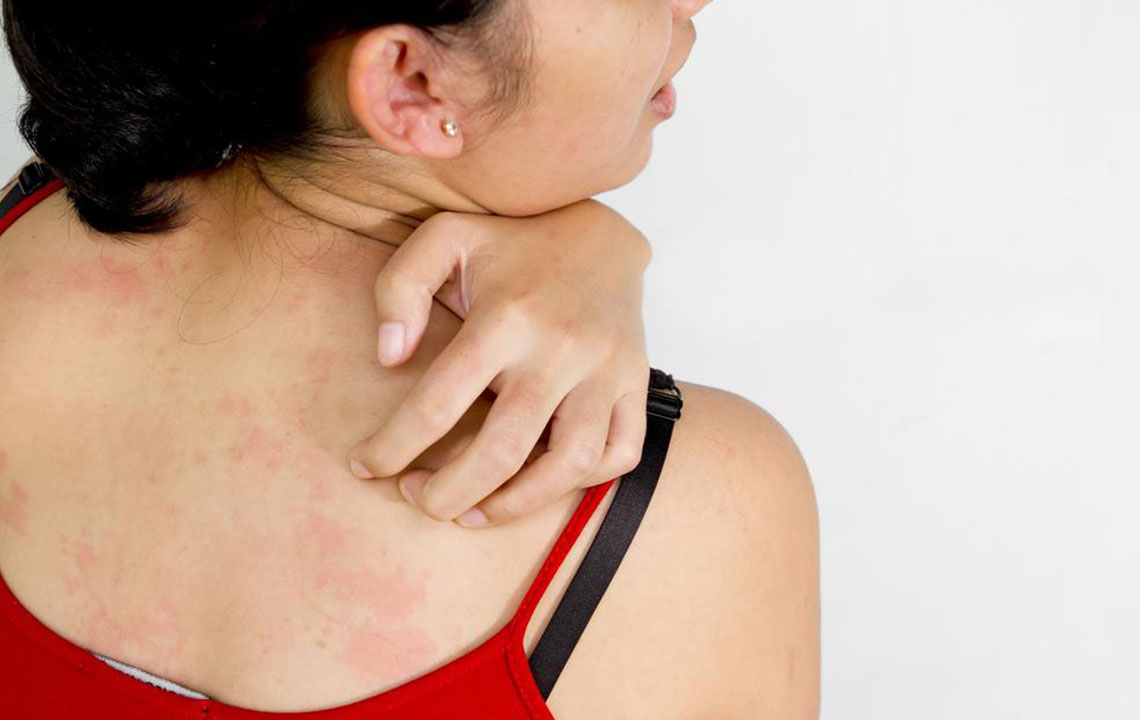Comprehensive Guide to Effective Treatments for Conjunctivitis (Pink Eye)
This comprehensive guide explores effective treatment options for conjunctivitis, including OTC remedies, antibiotics, and allergy-specific medications. It emphasizes accurate diagnosis, self-care tips, and when to seek medical help, helping readers effectively manage pink eye across different causes and symptoms. Proper understanding and treatment can prevent complications and promote quick recovery.

Effective Eye Treatments for Conjunctivitis Relief
Conjunctivitis, widely recognized as pink eye, remains one of the most prevalent and contagious eye infections affecting people of all ages. Despite its high transmission rate, it is generally manageable with appropriate treatments. Understanding the underlying cause of conjunctivitis is crucial in selecting the most effective treatment plan. This comprehensive guide explores various remedies, from over-the-counter solutions to prescribed medications, providing valuable insights to help manage and alleviate this common eye condition.
What Exactly is Conjunctivitis?
Conjunctivitis is characterized by inflammation of the conjunctiva—the thin, transparent membrane covering the inner surface of the eyelids and the sclera, or the white part of the eye. When inflamed, blood vessels in this membrane expand, resulting in redness, irritation, and discomfort. The severity and duration of symptoms vary depending on the cause, making accurate diagnosis essential for effective treatment.
While viral conjunctivitis is by far the most common form, other causes such as bacterial infections, allergies, and environmental irritants can trigger pink eye. Each type requires a tailored approach to treatment to ensure symptom relief and prevent complications. Viral pink eye often resolves without medical intervention, but bacterial infections can lead to more serious issues if untreated. Allergic reactions, on the other hand, require management of allergens and symptom-specific therapies.
Over-the-Counter (OTC) Eye Drops for Viral Conjunctivitis
In cases of viral conjunctivitis, many individuals find relief with OTC eye drops and antihistamines. These products help reduce redness, soothe irritation, and alleviate swelling. Since viral pink eye typically resolves within a week or two, prescription medications are usually unnecessary unless symptoms worsen or persist.
Popular OTC options recommended by eye care professionals include Naphcon-A and Ocuhist. However, consulting a healthcare provider before starting any treatment ensures proper diagnosis and selection of the most suitable remedies.
Antibiotic Eye Drops for Bacterial Conjunctivitis
Bacterial pink eye is more aggressive and requires prompt antibiotic treatment to avoid lasting damage to the eye structure. Antibiotic eye drops or ointments are the primary treatment and are highly effective when used correctly. Some of the most common and trusted options include:
BLEPH®
Contains sulfacetamide sodium, which inhibits bacterial growth and eradicates infection effectively.
Moxeza
Moxifloxacin-based eye drops, typically prescribed twice daily, are highly potent in eliminating bacterial pathogens.
Zymar
Suitable for children over one year old, it contains gatifloxacin, a broad-spectrum antibiotic that ensures rapid bacterial clearance.
Polytrim
Combines polymyxin and trimethoprim to target and combat common bacterial strains causing pink eye.
Applying these medications exactly as prescribed by your eye care specialist is critical for successful treatment and preventing antibiotic resistance.
Allergic Conjunctivitis and Its Specific Treatments
Allergic conjunctivitis arises from allergen exposure to pollen, dust, pet dander, or cosmetic ingredients. Managing allergic pink eye involves both avoiding triggers and using medications designed to control allergic responses. Accurate diagnosis is vital since symptom management differs significantly from infectious pink eye.
Doctors usually recommend antihistamines, mast cell stabilizers, and corticosteroids to address allergy-related symptoms. These medications help block histamine release, stabilize immune cell activity, and reduce inflammation.
Common antihistamine eye drops include:
Otrivine Antistin
An OTC medication, suitable for adults and children over 12, that provides quick relief from itchiness and swelling.
Ketotifen
Preferred for children over 3, it offers long-lasting antihistamine effects.
Emedastine
Approved for both adults and children over 3 years old, it effectively reduces allergic symptoms.
Azelastine
For children over 4 years, it helps control persistent allergy symptoms.
When treating pregnant or breastfeeding women, consultation with a healthcare provider is mandatory due to potential medication risks. Mast cell stabilizers like Lodoxamide and Sodium Cromoglicate provide long-term relief but require consistent use over time. For severe allergic reactions, corticosteroid eye drops in the form of ointments or gels may be prescribed, but their use should be closely monitored by a healthcare professional to prevent side effects.
Additional Self-care Tips for Conjunctivitis
Alongside medication, certain self-care strategies can enhance recovery and reduce symptom severity:
Avoid using contact lenses until full recovery to prevent reinfection.
Refrain from rubbing or touching your eyes to avoid spreading the infection or aggravating irritation.
Reduce exposure to known allergens like pollen or pet fur to minimize symptoms.
Wear dark sunglasses outdoors to shield sensitive eyes from light and irritants.
Apply cold compresses to the eyes to alleviate itching, swelling, and discomfort.
Following these precautions can help speed up recovery, prevent complications, and provide additional comfort during treatment.
Consistent and accurate treatment, combined with good hygiene and preventive measures, can effectively manage conjunctivitis, reducing the risk of complications and transmission. Remember to seek professional medical advice for persistent or worsening symptoms to ensure appropriate care and swift recovery.




